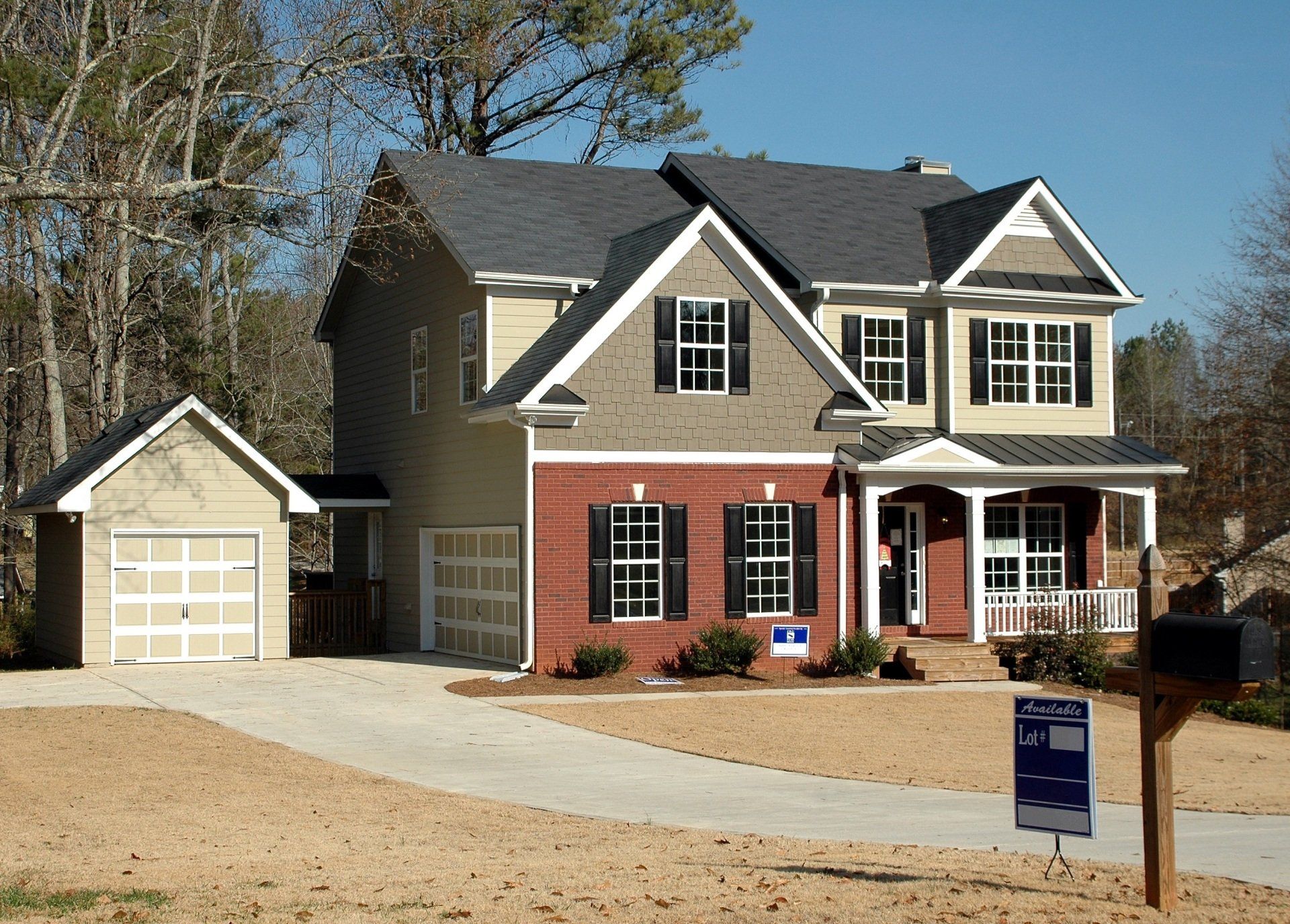Elevated radon levels exist in one out of every 6 homes in New York State. A greater portion of homes have elevated radon levels in areas that have been designated as radon high risk areas. High risk counties in Central New York include Cortland, Chemung, Steuben, Allegany, Tioga, Onondaga, Delaware, Oneida, Broome, Madison, Yates, Schuyler, Herkimer, Lewis, Tompkins and Cayuga.
Radon, a colorless, odorless, radioactive gas that occurs naturally in the soil, is responsible for an estimated 21,000 lung cancer death each year. The gas moves through the soil and finds its way into a home through cracks in the foundation and openings in the basement walls. However, many builders are building new homes with features that minimize radon entry. In most new homes, these features will keep radon to acceptable levels.

If you are purchasing a new home that has already been built, be sure to find out if the house includes features that minimize radon entry. You should also ask to see radon test results to determine if you should have the house tested before you purchase it.
If you are buying a custom-built home, be sure to discuss radon-resistant features and costs with the builder. Your builder has the opportunity to construct a radon-resistant home easily and economically. It is more cost-effective to install radon-resistant features while building a home, than to install a radon reduction system in an existing home. The cost depends on local building practices and availability of materials, but it is estimated to cost between $350 and $500. By contrast, the average cost of repairing an existing home is $1,200 to $1,500.
For more information about radon-resistant construction techniques, call the New York State Health Department's Radon Program at 1-800-458-1158.
Contact CNY Coalition For Healthy Indoor Air today to learn more.
Copyright © CNY Coalition For Healthy Indoor Air | All Rights Reserved
Binghamton, NY
13903
